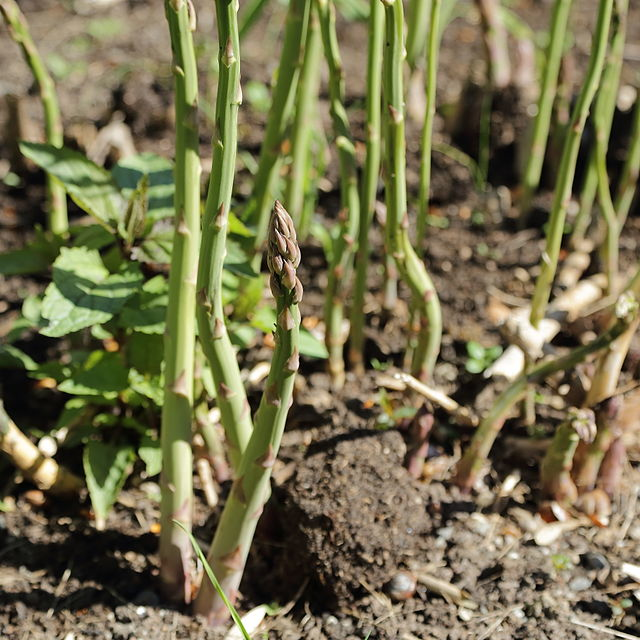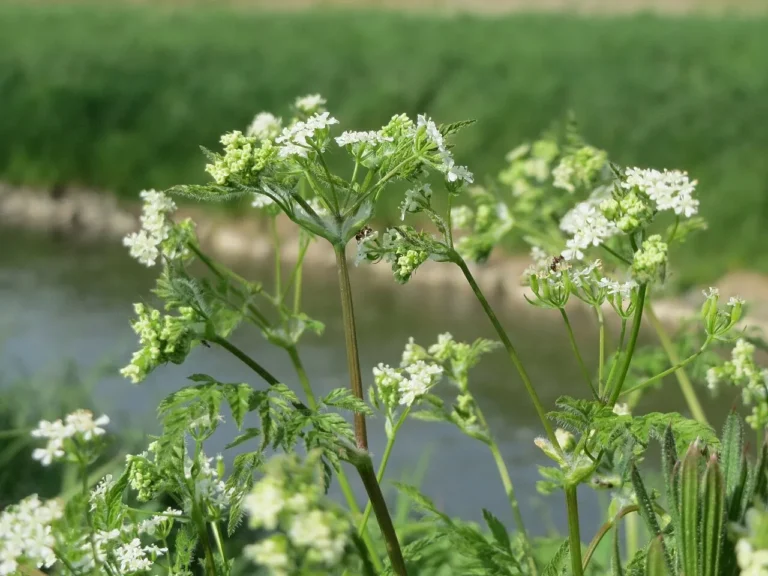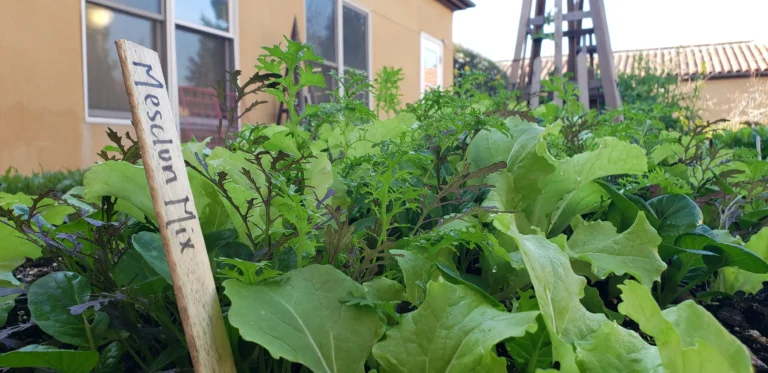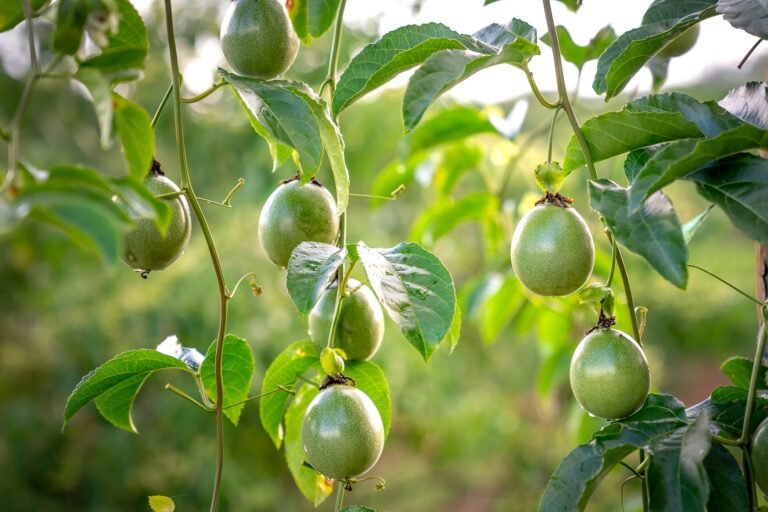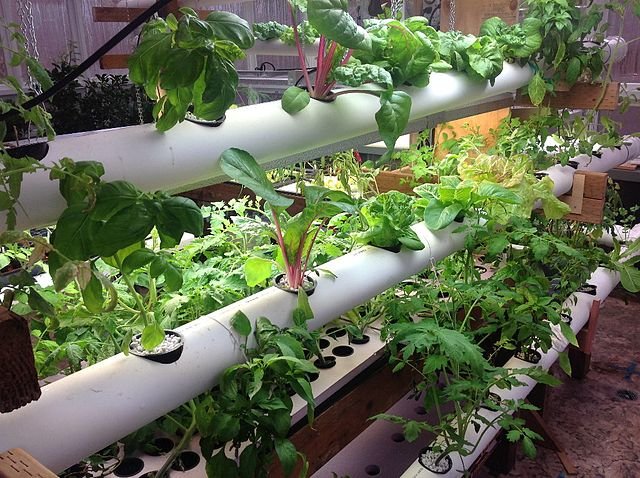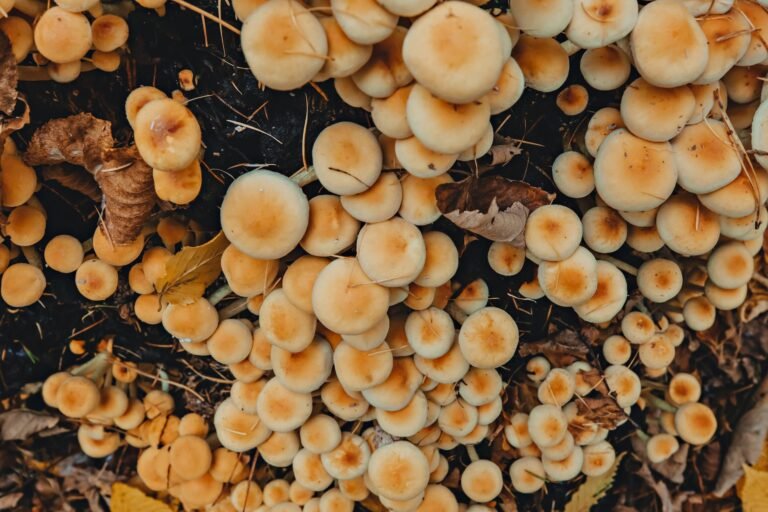The 5 Best Perennial Vegetables for Gardening
In the realm of sustainable gardening and self-sufficiency, perennial vegetables offer a valuable addition to any garden. Unlike their annual counterparts that require replanting each year, perennial vegetables return season after season, saving time, effort, and resources. This article highlights five exceptional perennial vegetables that are suitable for various climates, ensuring a continuous supply of fresh and nutritious produce for any garden.
Asparagus (Asparagus officinalis)
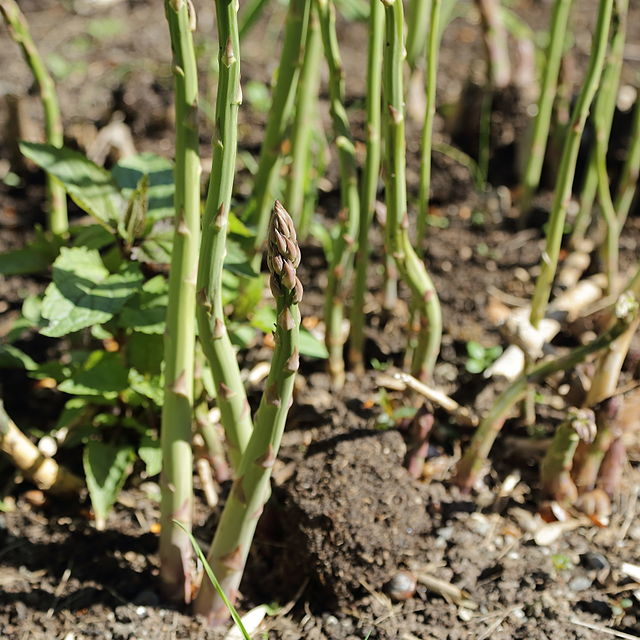
Asparagus, a beloved perennial vegetable, thrives in diverse climates. With well-drained soil and a sunny location, asparagus can be cultivated almost anywhere. Planting asparagus crowns in spring allows for the establishment of a robust root system during the first year. From the second year onwards, you can enjoy harvesting tender and flavourful asparagus spears in early spring. Asparagus is an excellent source of vitamins A, C, and K, as well as dietary fiber.
- Cultural Significance: Asparagus has been prized since ancient times for its unique flavour and medicinal properties. It’s celebrated in festivals and has been depicted in ancient Egyptian art.
- Culinary Uses: Perfect when grilled, roasted, or steamed, asparagus is versatile in dishes from salads to soups. Its delicate flavour pairs well with butter, lemon, and Parmesan cheese.
- Growing Tips: Asparagus crowns should be planted in early spring in a dedicated bed, as they will occupy the same spot for many years. They prefer sandy soils that warm up quickly in spring.
Rhubarb (Rheum rhabarbarum)
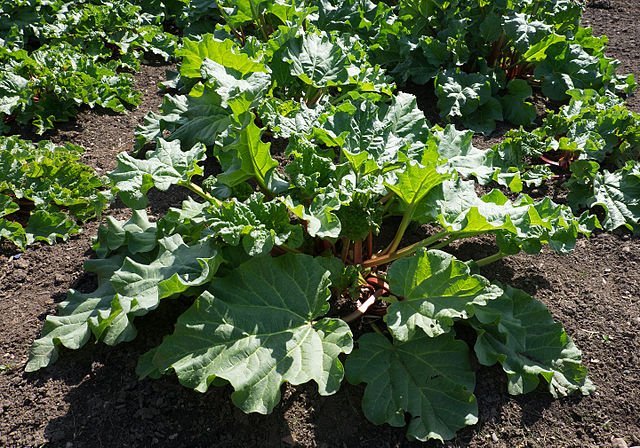
Rhubarb, a hardy perennial vegetable, is well-suited for a range of climates. It prefers fertile, well-drained soil and partial shade. Rhubarb stalks are typically harvested in late spring or early summer, offering a versatile ingredient for pies, jams, and other desserts. Remember to consume only the stalks, as the leaves contain toxic compounds. Rhubarb is a good source of vitamin C, potassium, and dietary fiber.
Jerusalem Artichoke (Helianthus tuberosus)
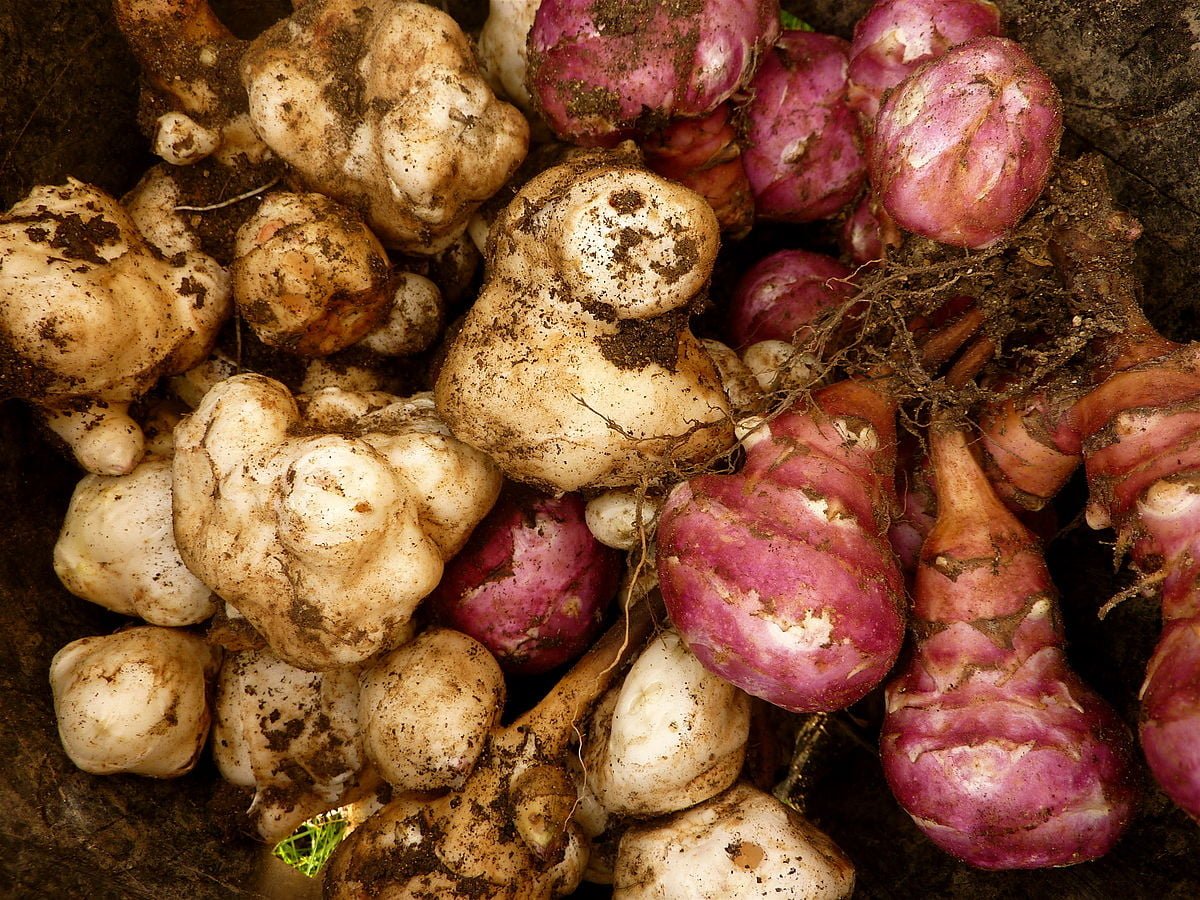
Jerusalem artichoke, also known as sunchoke, is an easy-to-grow and highly nutritious perennial vegetable. It produces edible tubers with a nutty and slightly sweet flavour. Jerusalem artichokes thrive in well-drained soil and full sun. The tubers are harvested in fall after the foliage dies back. They are rich in inulin, a type of dietary fiber, and contain vitamins B1, B2, and C.
- Cultural Significance: Native to North America, Jerusalem artichokes were a staple crop for indigenous peoples and early settlers.
- Culinary Uses: Sunchokes can be roasted, mashed, or used raw in salads. Their nutty, sweet flavour makes them a versatile root vegetable.
- Growing Tips: Sunchokes are drought-tolerant and can grow in poor soils, but they can become invasive. Plant them in a contained area or use barriers to prevent spreading.
Horseradish (Armoracia rusticana)
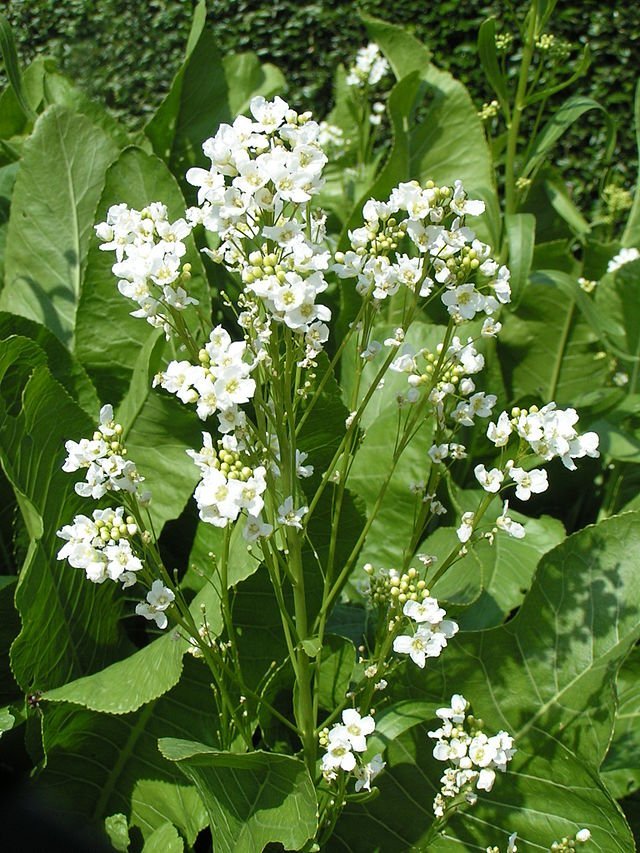
Horseradish is not just a condiment with a powerful kick; it’s also a resilient and easy-to-grow perennial vegetable that can add both flavour and intrigue to your garden. Known for its pungent root, horseradish has been cultivated for thousands of years, valued both for its culinary uses and its medicinal properties. This guide dives into the cultivation, cultural significance, and culinary versatility of horseradish, providing you with the knowledge to grow and enjoy this distinctive plant.
- Historical Use: Horseradish has roots in Eastern Europe and Western Asia, where it’s been used for medicinal and culinary purposes for over 3,000 years. It was prized by the Greeks and Romans for its supposed ability to cure various ailments, from rheumatism to respiratory issues.
- Symbolic Meaning: In Jewish tradition, horseradish is one of the bitter herbs consumed during Passover as a symbol of the harshness endured by the Israelites in slavery.
Egyptian Walking Onion (Allium proliferum)

The Egyptian walking onion, also known as perennial onion or top-setting onion, is a unique perennial vegetable suitable for different climates. This onion variety produces clusters of bulbils at the top of its stalks, which eventually bend down and take root, allowing the plant to “walk” to new locations. Harvesting the greens and small bulbs provides a mild onion flavour to dishes. The Egyptian walking onion is rich in vitamin C and can serve as a perennial green onion replacement.
- Cultural Significance: These unique onions have been grown for generations as a reliable, perennial source of onions that “walk” across the garden.
- Culinary Uses: Both the green tops and bulbs are edible, offering a mild onion flavour perfect for salads, soups, and as a garnish.
- Growing Tips: Plant in full sun and well-drained soil. Allow some topsets to fall naturally to propagate or manually replant them to control spreading.
Final Thoughts
Integrating perennial vegetables into your garden is a rewarding step towards sustainable gardening and self-reliance. Asparagus, rhubarb, Jerusalem artichoke, horseradish, and Egyptian walking onion are five outstanding choices for gardeners seeking a continuous supply of fresh, nutritious produce. Consider the specific climatic conditions of your region when selecting and nurturing these perennial vegetables, and embrace the benefits of their sustainable growth and low-maintenance nature.

